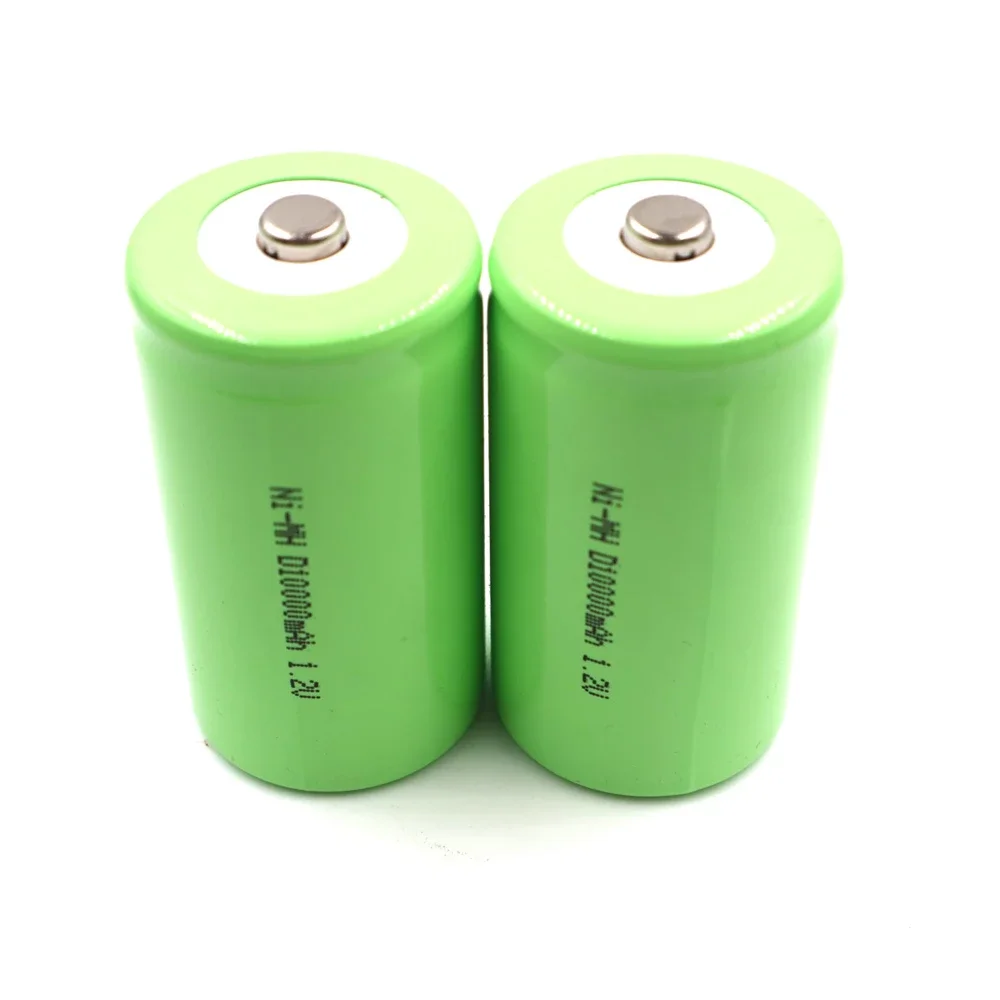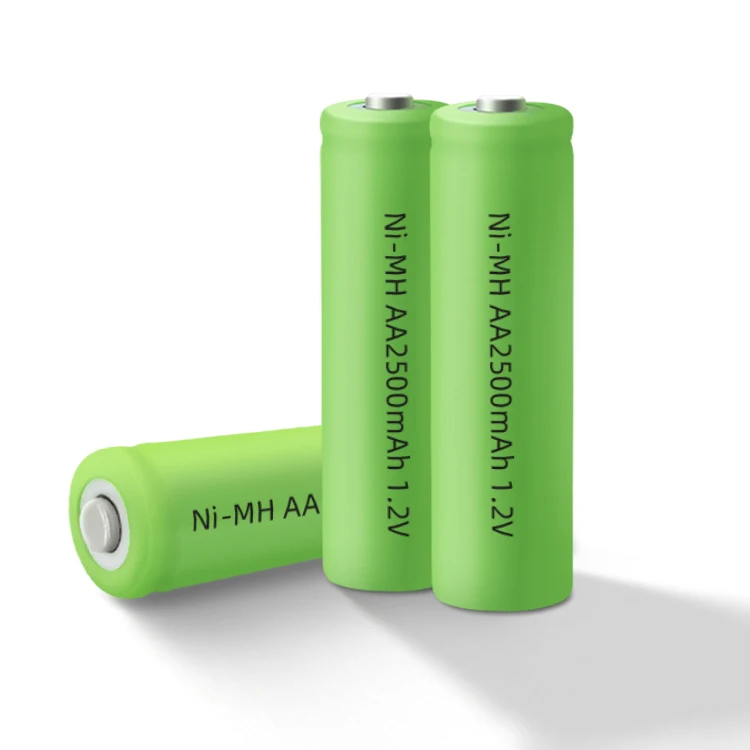Introduction:
In today’s world, where portable electronics, electric vehicles, and renewable energy systems are ubiquitous, the longevity of batteries plays a crucial role in determining their practicality and value. Two prominent rechargeable battery chemistries, lithium-ion (Li-ion) and nickel-metal hydride (NiMH), have emerged as primary contenders in the quest for long-lasting power sources. In this comprehensive guide, we’ll delve into the comparative longevity of Li-ion and NiMH batteries, exploring their respective strengths, weaknesses, and factors influencing their lifespan.
Understanding Lithium-ion and NiMH Battery Technologies:
Before we compare the longevity of Li-ion and NiMH batteries, let’s take a closer look at their fundamental characteristics and chemistry:
- Lithium-ion Batteries: Li-ion batteries consist of a lithium cobalt oxide (LiCoO2) or lithium iron phosphate (LiFePO4) cathode, a graphite anode, and a lithium electrolyte. These batteries are known for their high energy density, lightweight design, and excellent performance over multiple charge-discharge cycles. Li-ion batteries are commonly used in smartphones, laptops, electric vehicles, and renewable energy storage systems.
- Nickel-metal Hydride Batteries: NiMH batteries comprise a nickel oxyhydroxide cathode, a metal hydride anode, and an alkaline electrolyte (potassium hydroxide). These batteries offer a balance of performance, reliability, and affordability, making them suitable for a wide range of applications. NiMH batteries are commonly used in consumer electronics, power tools, hybrid vehicles, and rechargeable household batteries.
Comparing Longevity: Li-ion vs. NiMH Batteries
Now, let’s compare the longevity of Li-ion and NiMH batteries based on several key factors:
- Cycle Life: Cycle life refers to the number of charge-discharge cycles a battery can undergo before experiencing significant capacity degradation. In general, Li-ion batteries have a longer cycle life than NiMH batteries. Li-ion batteries can typically withstand 500 to 1000 charge-discharge cycles or more, depending on usage patterns and environmental factors. On the other hand, NiMH batteries typically have a cycle life ranging from 500 to 2000 cycles, making them suitable for applications where longevity is important.
- Self-discharge Rate: Self-discharge refers to the rate at which a battery loses its charge when not in use. Li-ion batteries have a lower self-discharge rate compared to NiMH batteries, allowing them to retain their charge for longer periods. Li-ion batteries typically lose around 1-2% of their charge per month, while NiMH batteries may lose 10-15% or more of their charge over the same period. This makes Li-ion batteries more suitable for applications where long-term storage is required.
- Usage Patterns: The longevity of both Li-ion and NiMH batteries is influenced by usage patterns, including depth of discharge, charging practices, and operating conditions. Li-ion batteries are more tolerant of deep discharges and rapid charge-discharge cycles compared to NiMH batteries, which may experience accelerated degradation under these conditions. Proper charging practices, such as avoiding overcharging and undercharging, can help maximize the lifespan of both battery chemistries.
- Environmental Factors: Environmental factors such as temperature, humidity, and exposure to contaminants can affect the performance and longevity of both Li-ion and NiMH batteries. High temperatures accelerate chemical reactions within the battery, leading to increased degradation and reduced lifespan. Similarly, exposure to moisture, dust, or corrosive substances can compromise battery integrity and performance over time. Li-ion batteries are generally more sensitive to high temperatures and extreme conditions compared to NiMH batteries.
- Application-specific Considerations: The choice between Li-ion and NiMH batteries depends on the specific requirements of the application. Li-ion batteries offer higher energy density, lighter weight, and longer cycle life, making them ideal for portable electronics, electric vehicles, and high-performance applications. NiMH batteries, on the other hand, offer a balance of performance, reliability, and affordability, making them suitable for a wide range of applications, including consumer electronics, power tools, and rechargeable household batteries.
Conclusion:
In conclusion, the longevity of Li-ion and NiMH batteries depends on various factors, including cycle life, self-discharge rate, usage patterns, environmental factors, and application-specific considerations. While Li-ion batteries generally offer a longer cycle life and lower self-discharge rate compared to NiMH batteries, both chemistries have their strengths and weaknesses.
Li-ion batteries are well-suited for applications where high energy density, lightweight design, and long-term reliability are paramount, such as smartphones, laptops, electric vehicles, and renewable energy storage systems. NiMH batteries, on the other hand, offer a balance of performance, reliability, and affordability, making them suitable for a wide range of applications, including consumer electronics, power tools, hybrid vehicles, and rechargeable household batteries.
By understanding the factors influencing the longevity of Li-ion and NiMH batteries and choosing the appropriate chemistry based on the specific requirements of the application, users can ensure reliable performance and maximize the lifespan of their rechargeable batteries. Whether it’s powering your smartphone, laptop, or electric vehicle, selecting the right battery chemistry is essential for achieving optimal performance and longevity.


